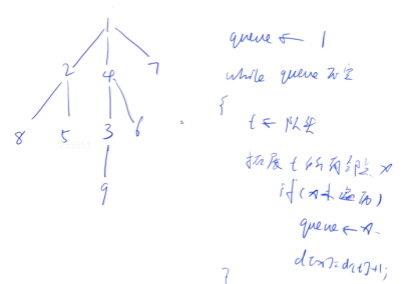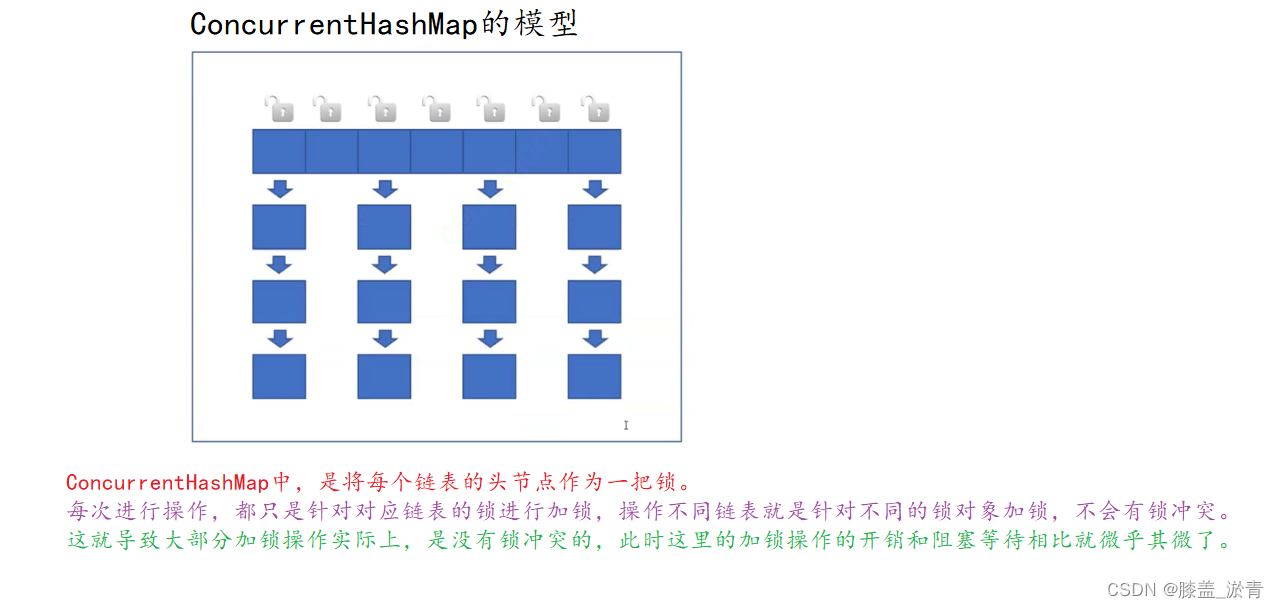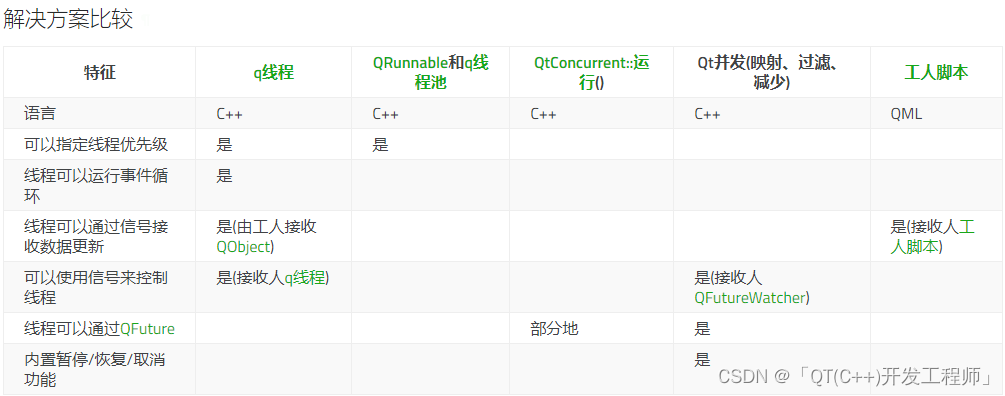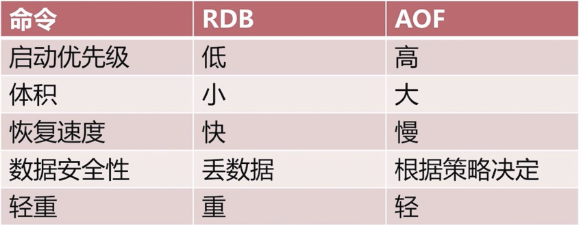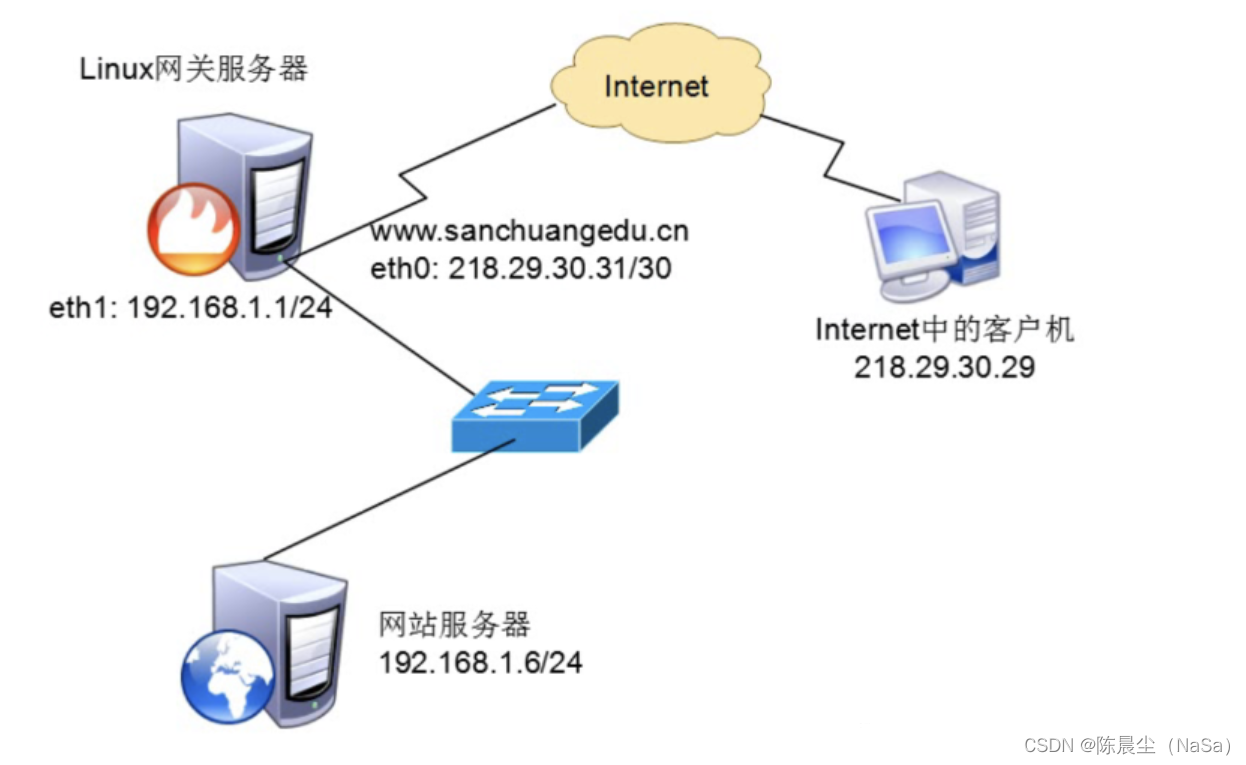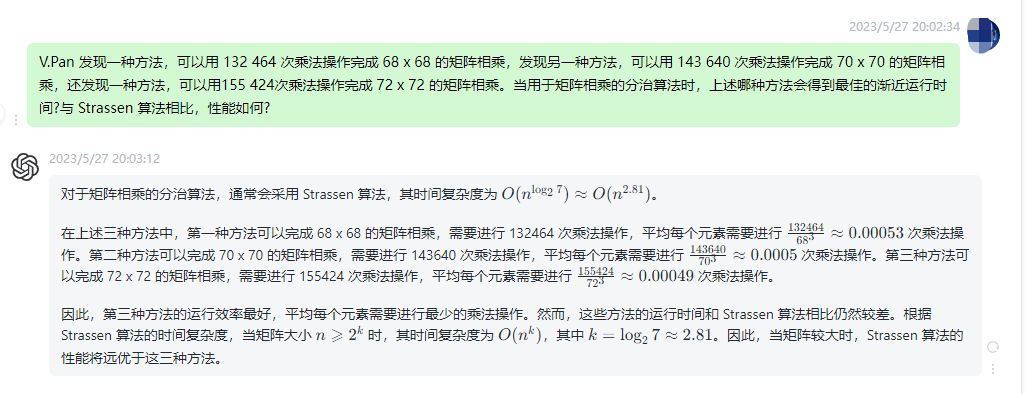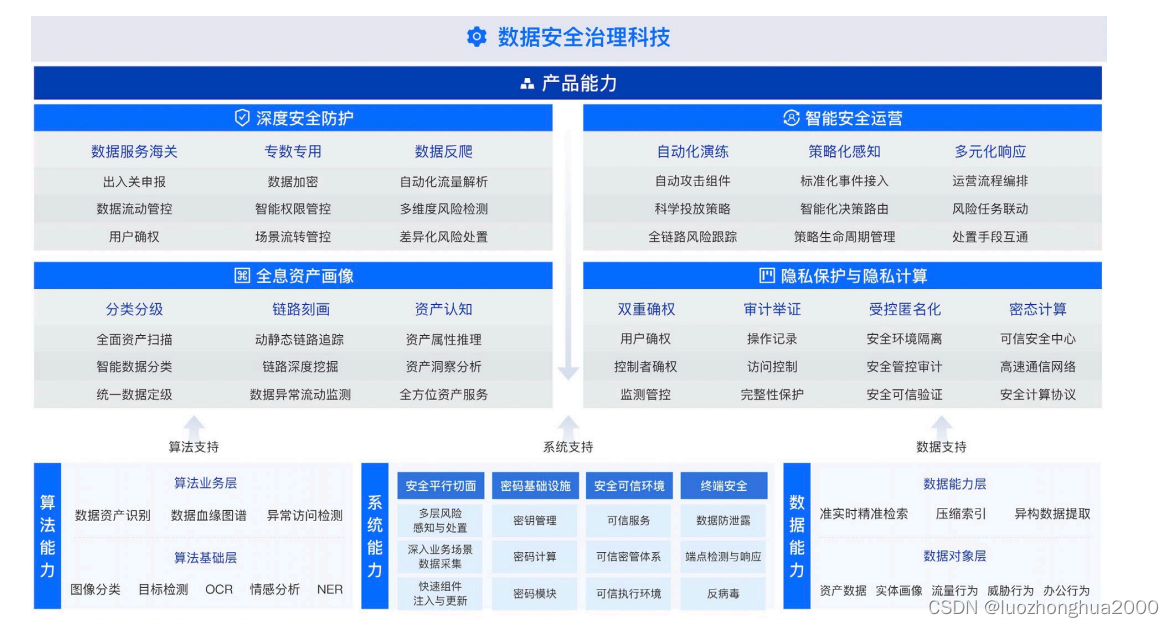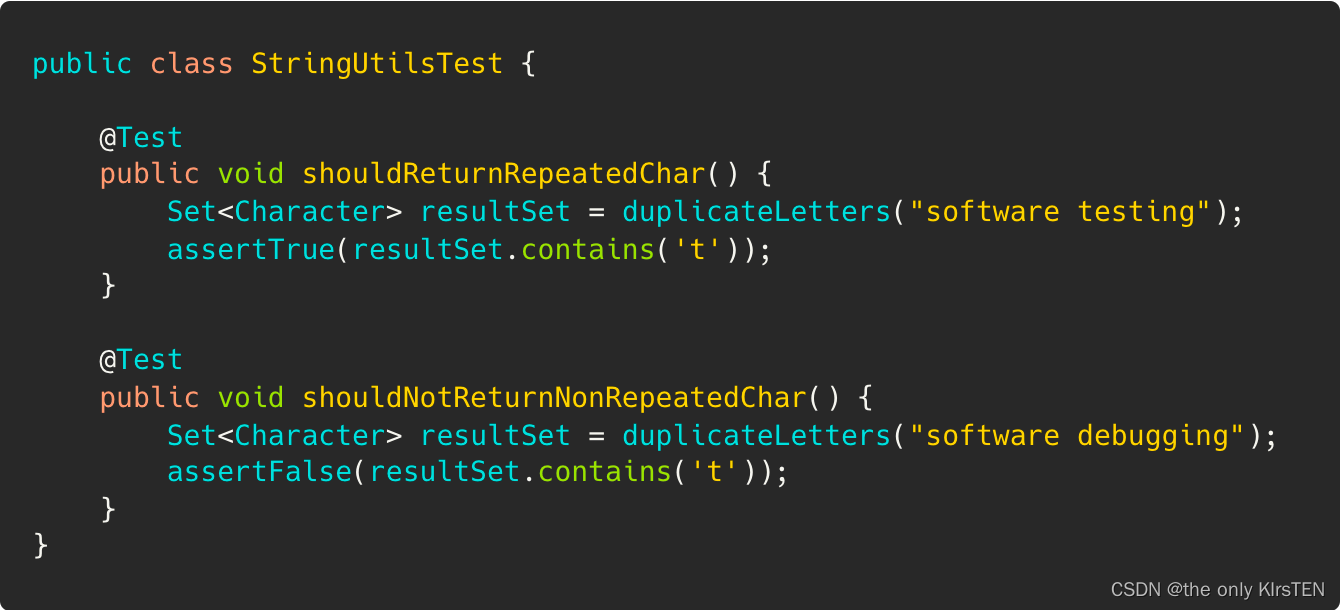随着Vue3的到来,公司的新项目全部进行了升级,相比于Vue2,语法上个人觉得更简洁,更容易通俗易懂。首先安装vue3项目,这里我使用vite进行安装(强烈推荐,启动速度贼快)
npm create vite@latest

然后执行
cd vite-project
npm install
npm run dev
1.定义基本类型、引用类型数据,使用ref跟reactive
<template>
<h1>{{ msg }}</h1>
<h2>{{ data.msg }}</h2>
</template>
<script setup lang="ts">
import { ref, reactive } from 'vue'
const msg = ref('hello world')
const data = reactive({
msg: 'hello vue3'
})
</script>
<style scoped></style>

1)修改ref跟reactive的值
<template>
<h1>{{ msg }}</h1>
<h2>{{ data.msg }}</h2>
</template>
<script setup lang="ts">
import { ref, reactive } from 'vue'
const msg = ref('hello world')
const data = reactive({
msg: 'hello vue3'
})
// 修复ref 定义的变量,需要用.value的形式
msg.value = 'hello world1'
// 修改data的数据,则直接使用data.的语法即可
data.msg = 'hello vue3 and vite'
</script>
<style scoped></style>
备注:对于常量来说 ,我们也可以直接使用const/let 来定义,但是用const/let定义的,不能在点击事件或者http请求等方式下修改无效!!!
2.组件的引用
<template>
<h1>{{ msg }}</h1>
<h2>{{ data.msg }}</h2>
<h3>{{ test }}</h3>
<HelloWorld />
</template>
<script setup lang="ts">
import HelloWorld from './components/HelloWorld.vue';
import { ref, reactive } from 'vue'
const msg = ref('hello world')
const data = reactive({
msg: 'hello vue3'
})
// 修复ref 定义的变量,需要用.value的形式
msg.value = 'hello world1'
// 修改data的数据,则直接使用data.的语法即可
data.msg = 'hello vue3 and vite'
let test = 'test'
</script>
<style scoped></style>
在
<template>
<Child :msg="msg" />
</template>
<script setup lang="ts">
import Child from './components/child.vue'
import { ref } from 'vue'
const msg = ref('hello world')
</script>
子组件: child.vue
<template>
<h1>{{ props.msg }}</h1>
</template>
<script setup lang="ts">
import { defineProps } from "vue";
const props = defineProps({
msg: {
type: String,
default: ''
}
})
</script>
2.使用v-model的形式
<template>
<h1>{{ value }}</h1>
</template>
<script setup lang="ts">
import { defineProps, computed, defineEmits } from "vue";
const emits = defineEmits(['update:modelValue'])
const props = defineProps({
modelValue: {
type: String,
default: ''
}
})
const value = computed({
get: ()=> {
return props.modelValue
},
set: (v:any)=> {
emits('update:modelValue', v)
}
})
</script>
对于子组件不改变父组件传过来的值,使用v-bind的形式更简洁
4.事件
<template>
<h2 @click="handelClick">{{ msg }}</h2>
</template>
<script setup lang="ts">
import { ref } from 'vue'
const msg = ref('点击事件')
const handelClick = ()=> {
msg.value="我点击了"
}
</script>
5.生命周期
<template>
<h2 @click="handelClick">{{ msg }}</h2>
</template>
<script setup lang="ts">
import { ref, onBeforeMount, onMounted, onUpdated, onUnmounted } from 'vue'
const msg = ref('点击事件')
const handelClick = ()=> {
msg.value="我点击了"
}
// 挂载前
onBeforeMount(()=> {
console.log('onBeforeMount')
})
// 挂载
onMounted(()=> {
console.log('onMounted')
})
// 更新
onUpdated(()=> {
console.log('onUpdated')
})
// 卸载
onUnmounted(()=> {
console.log('onUnmounted')
})
</script>
5.computed语法
computed在vue3有2种写法
1)
<template>
<h2>{{ value1 }}</h2>
</template>
<script setup lang="ts">
import { computed } from 'vue'
const value1 = computed(() => {
return 'hello world'
})
})
</script>
这种情况下,跟vue2是一样的写法
2)
<template>
<input v-model="value" />
</template>
<script setup lang="ts">
import { computed } from 'vue'
const value = computed({
get: () => {
return '123'
},
set: (v: any) => {
return v
}
})
</script>
这种写法,是建立在需要修改computed的定义的值,通常搭配input标签一起使用。
6.watch语法
vue3的watch 有3个参数,watch(WatcherSource, Callback, [WatchOptions])
参数:
WatcherSource:想要监听的响应式数据。
Callback:执行的回调函数,入参(newValue,oldValue)。
[WatchOptions]:deep、immediate、flush可选。
也有2种写法,如下:
<template>
<h2 @click="handelClick">{{ count }}</h2>
</template>
<script setup lang="ts">
import { ref, watch } from 'vue'
const count = ref(1)
const handelClick = () => {
count.value = 2
}
watch(count, (newValue: any, oldValue: any) => {
console.log('count:', newValue, oldValue)
}, { deep: true })
watch(()=>count, (newValue: any, oldValue: any) => {
console.log('count:', newValue.value, oldValue.value)
}, { deep: true })
</script>
7.父组件调用子组件方法
child.vue
<template>
<h1>{{ count }}</h1>
</template>
<script setup lang="ts">
import { ref, defineExpose } from "vue";
const count = ref(1)
const childClick = () => {
count.value = 2
}
defineExpose({ childClick })
</script>
父组件
<template>
<h1 @click="callChildMethods">调用子组件方法</h1>
<child ref="childRef" />
</template>
<script setup lang="ts">
import { ref } from 'vue'
import child from './components/child.vue'
const childRef = ref()
const callChildMethods = () => {
childRef.value.childClick()
}
</script>
8.css只用js变量
<template>
<h1 class="h1">调用子组件方法</h1>
<child ref="childRef" />
</template>
<script setup lang="ts">
import { ref } from 'vue'
const color = ref('#eee')
</script>
<style>
.h1 {
color: v-bind(color);
}
</style>

